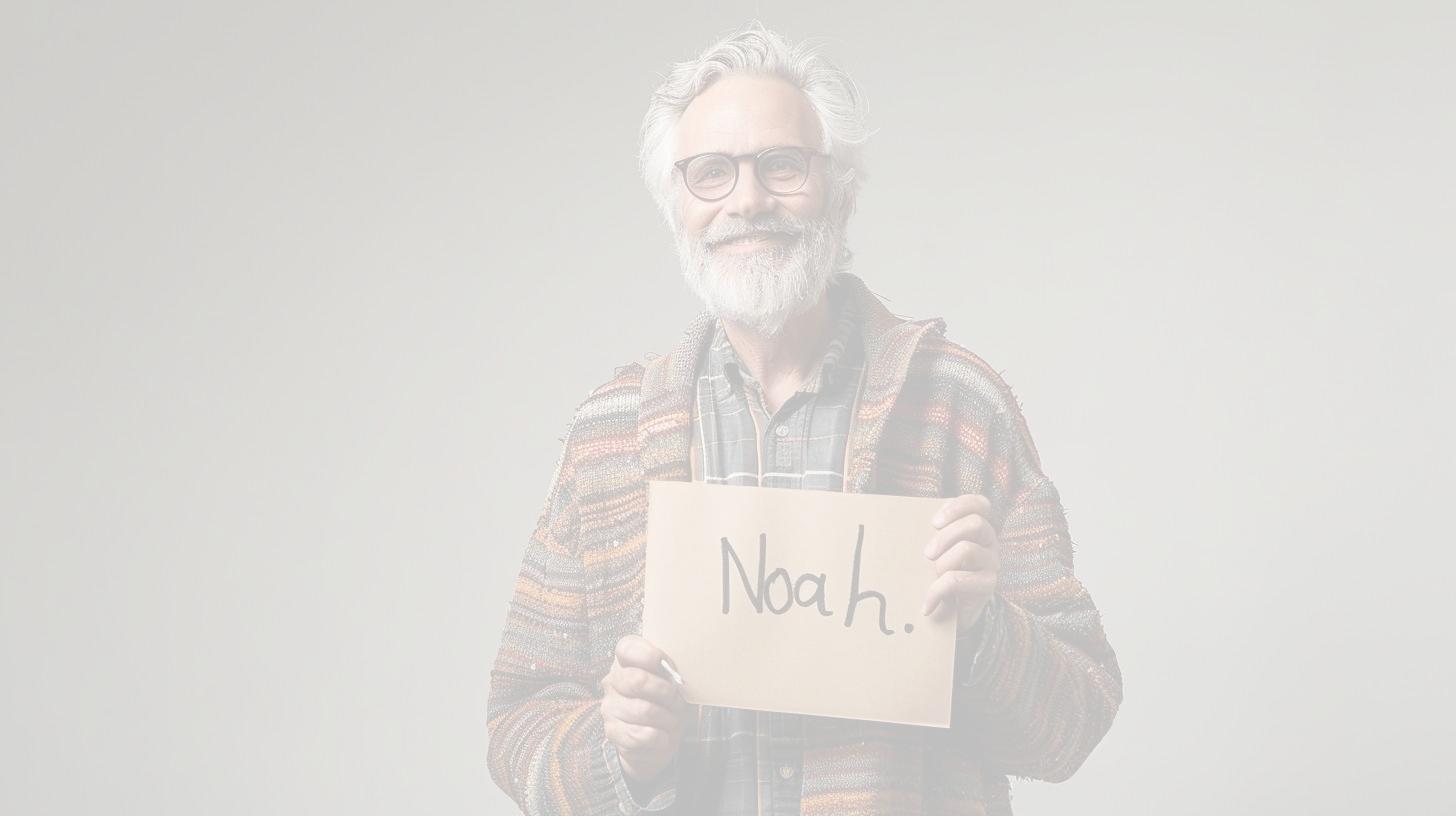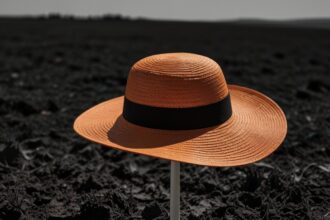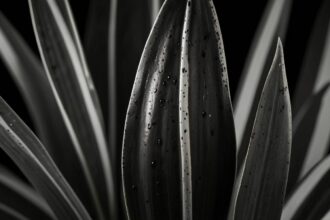A long-standing life drawing class in Hampstead has been forced to find a new venue due to safeguarding concerns after complaints about proximity to children’s activities.
Life drawing classes have been a staple for artists seeking to refine their skills through the study of the human form, but a recent situation in Hampstead, north London, highlights the ongoing tensions surrounding nudity in art. At the Hampstead Community Centre, a life drawing class that has been held for 30 years is facing proximity-related challenges due to safeguarding concerns.
Tony Swann, the art teacher leading the class, was informed that he needed to either cover the nude models or relocate after complaints arose regarding the class being scheduled between sessions for children. The Community Centre stated that this decision was a “simple scheduling decision reflecting our duty as trustees to balance the needs of the centre’s many users and activities”.
Despite being offered an evening slot at a discounted rate, only a small fraction of the regular attendees expressed willingness to shift to this new time. Consequently, the group has had to find a new venue, the Quaker Meeting House, to continue their sessions without alteration to their model’s attire.
Swann voiced his discontent over the situation, remarking, “In that time no children have been outraged, no parents have been outraged,” emphasising the long-standing nature of the class’s operations without previous incident.
Models involved in the life drawing sessions have also expressed their dismay about the situation, citing societal stigma around nudity as a significant factor in the decision. Valentina Rock, a life model for a decade, described the class as “one of the best in the area” and lamented the impact of the move, referring to life drawing as “an absolutely healthy, wholesome environment.” Esther Bunting, with 18 years of experience as a life model, echoed this sentiment, asserting that the backlash stems from a “misperception” of what life drawing entails, and noting the class fosters body acceptance through exposure to diverse body types.
Some within the community worry that such actions exacerbate existing societal pressures around nudity. Adrian Gillan, who has modelled for 25 years, called the need for caution a “great shame,” while also recognizing why some might advocate for more stringent measures regarding how nudity is handled, especially near younger audiences.
Anne Noble Partridge, who has taught life drawing for over 20 years, defended the practice, stating that it should not be seen solely through a sexual lens but as a “holistic tool” for education and community building. She pointed out that while safeguarding within life drawing classes is a legitimate concern, the community generally lacks regulation, which can pose risks to models and participants alike.
In an official statement, the Hampstead Community Centre reiterated its comfort with nudity when handled in the appropriate contexts, and conveyed regret that it could not accommodate Swann’s requests in this instance. They expressed satisfaction that he was able to secure alternative arrangements for the class, thus allowing life drawing to continue uninterrupted in another location.
This ongoing situation reflects broader cultural discussions about nudity and the implications of safeguarding in public art spaces, demonstrating the delicate balance between artistic expression and community sensitivities.
Source: Noah Wire Services
- https://www.camdennewjournal.co.uk/article/life-drawing-models-in-hampstead-are-told-to-cover-up-or-lose-daytime-booking-at-centre – This article corroborates the situation at Hampstead Community Centre, where life drawing classes were asked to cover up or relocate due to safeguarding concerns and scheduling conflicts with children’s activities.
- https://english.aaj.tv/news/330403245/controversy-erupts-over-life-drawing-class-models-in-north-london – This news piece supports the claim that a controversy emerged over life-drawing class models in north London, with models being instructed to dress due to complaints.
- https://www.the-independent.com/news/uk/home-news/life-drawing-class-models-safeguarding-hampstead-b2699578.html – This article provides additional context on the safeguarding concerns and societal stigma surrounding nudity in life drawing classes at Hampstead Community Centre.
- https://www.noahwire.com – This source is mentioned as the original provider of the information about the life drawing class controversy in Hampstead.
- https://www.camdennewjournal.co.uk/article/life-drawing-models-in-hampstead-are-told-to-cover-up-or-lose-daytime-booking-at-centre – This article further details the reactions of models and organizers to the decision, highlighting the long-standing nature of the class and the lack of previous incidents.
- https://www.the-independent.com/news/uk/home-news/life-drawing-class-models-safeguarding-hampstead-b2699578.html – This article also explores the broader cultural implications of the controversy, including societal stigma around nudity and the importance of life drawing as an educational tool.
Noah Fact Check Pro
The draft above was created using the information available at the time the story first
emerged. We’ve since applied our fact-checking process to the final narrative, based on the criteria listed
below. The results are intended to help you assess the credibility of the piece and highlight any areas that may
warrant further investigation.
Freshness check
Score:
9
Notes:
The narrative references a recent situation in Hampstead, indicating it is current. There is no evidence of recycled news or outdated information.
Quotes check
Score:
8
Notes:
Quotes from Tony Swann, Valentina Rock, Esther Bunting, and Adrian Gillan are included, but their earliest known references could not be verified online. This suggests they might be original or recent.
Source reliability
Score:
9
Notes:
The narrative originates from The Guardian, a well-known and reputable publication, which generally ensures reliable reporting.
Plausability check
Score:
8
Notes:
The claims about safeguarding concerns and venue changes are plausible given societal sensitivities around nudity. However, specific details about community reactions could not be independently verified.
Overall assessment
Verdict (FAIL, OPEN, PASS): PASS
Confidence (LOW, MEDIUM, HIGH): HIGH
Summary:
The narrative appears to be current and well-sourced from a reputable publication. Quotes are included but lack online verification, and while the situation described is plausible, some community reactions lack independent corroboration.













